Doing more with less. This is how the economist Navi Radjou defines frugal innovations. Although it is an old practice, it is only now resurfacing as a smart and sustainable approach to international development. As this economic approach rethinks consumerism and resource management, can we look at it as the future of development?
Access to clean water represents one of the main challenges faced by the population of Lima, Peru. The city’s levels of humidity reach up to 98%. As a result, students came up with a crazy idea: create water out of thin air. In order to do so, they invented the water billboard. Its purpose is to absorb air humidity to provide clean drinking water to the people lacking such access. Today, this billboard produces over 90 liters of water every day, providing for 600,000 citizens. This case has been used multiple times to exemplify the concept of frugality. What are frugal innovations?
“An Affair of Human Ingenuity”
The term “frugal” comes from the Hindi “jugaad”, meaning “an improvised fix, a clever solution born in adversity and achieved by simple means”. The economist Navi Radjou calls it a synonym for “doing more with less”.
In many parts of the world, people do not have access to resources like electricity nor basic services like health care or education. This state of precarity has led humans to dig into the most abundant resource in order to find smart ways to solve poverty related problems: human ingenuity and creativity.
The purpose of such innovations is therefore to provide higher standards of living while offering goods and services that are cheap, optimised, robust and environmentally friendly. As they mostly target consumers living under the poverty line – $1,25 a day – frugal innovations aim to provide access to basic needs.
The Art of Turning Adversity into Opportunity
In the West, companies generally pursue more for more: more complex technologies, more features, higher prices. However, this has immense negative consequences on resource management and global warming. On the other hand, frugal innovations are about creating more economic and social value from fewer resources. In a world where climate change is more and more integrated in development projects, this strategy greatly puts forward sustainability.
Frugal innovations are simple and target basic needs. But why deprive ourselves from high tech when it can provide more value at a lower cost? Turning thin air into clean water definitely requires high levels of engineering. However, frugal engineers have found a way to make it cost efficient and robust. As the billboard can be used for advertisement, there is no need for external investors. Moreover, it was constructed with strong materials, meaning it will not require fixing in a very long time, which is a great use of resources.
The Future of Development?
Frugal innovations enable us to innovate rapidly and efficiently. Rather than promoting mass consumption, such innovations have emerged as a response to specific basic needs, calling for smart purchases. This economic approach represents a relevant strategy when tackling poverty reduction and climate change.

